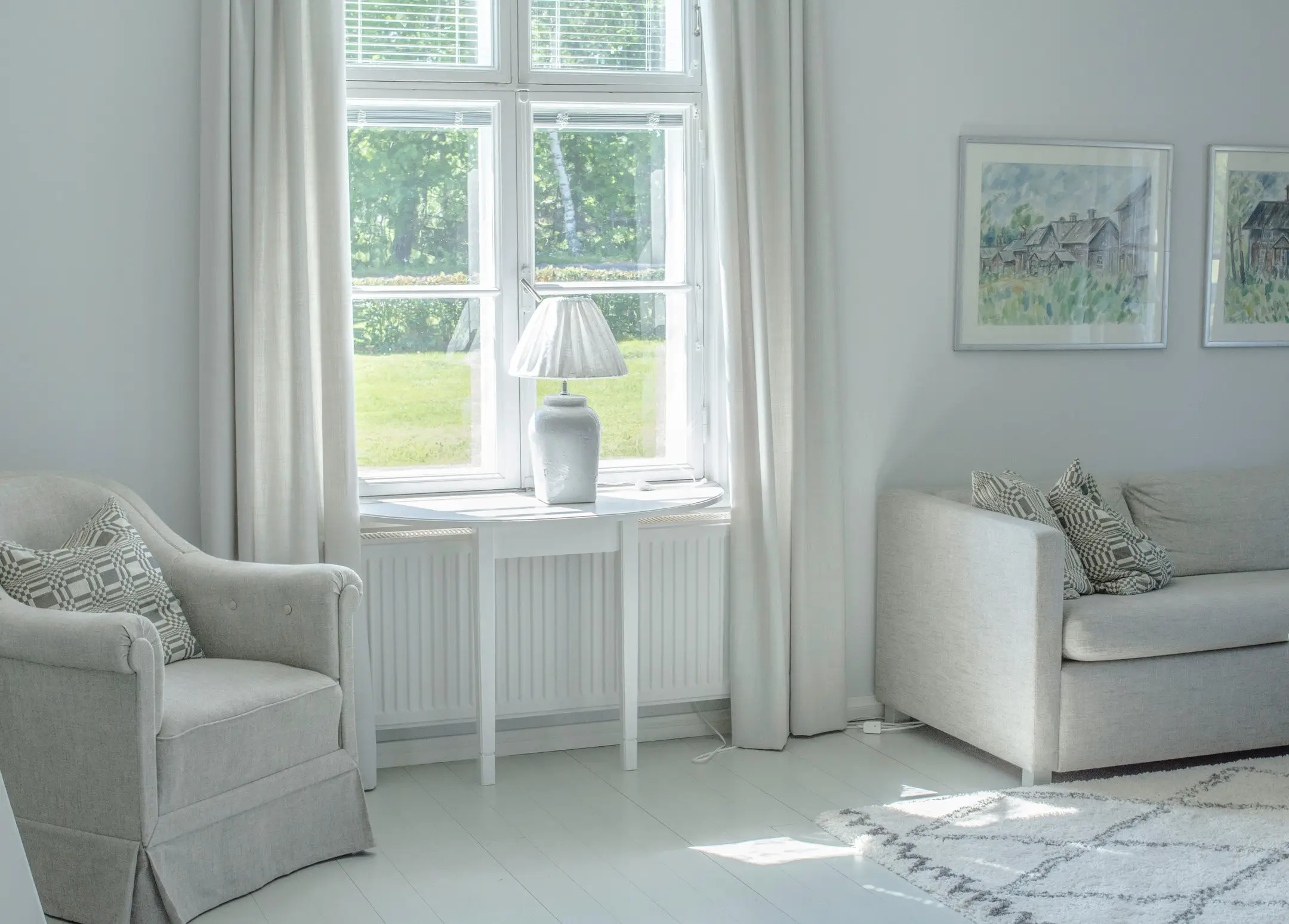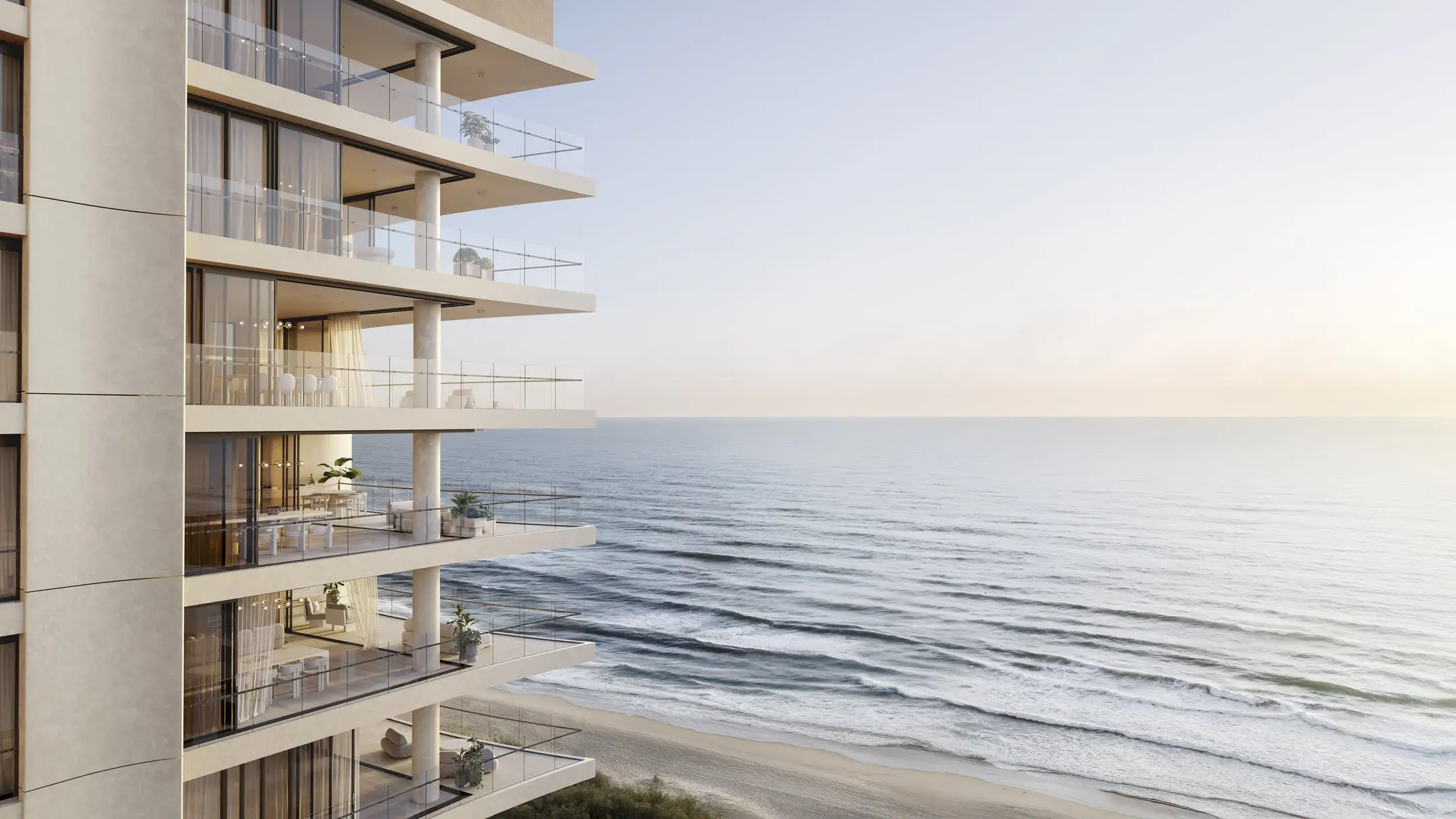
Why do we need apartments?
Yes, choosing an apartment is a lifestyle choice, it isn't for everyone, but it also matched the search criteria of a lot of people. And recently, we have seen a huge increase in apartment development approvals and constructions.
Recently the DPCD released a paper titled, "Better Apartments - A Discussion Paper", in an attempt to understand and regulate apartment design and size requirements.
The Minister of Planning, Mr Richard Wynne, opened as follows:
For the past four years Melbourne has won the title of ‘World’s Most Liveable City’ based on its excellent access to healthcare and education, vibrant cultural life, healthy environment and strong infrastructure base.
The Andrews Government is committed to maintaining and building on these strengths, and making sure the benefits of this most liveable city are available to all Victorians.
What we do well now, we will do better in the future by aspiring to be world leaders in urban design and renewal. We will continue to invest in our cities and towns, open spaces, access to and provision of public transport and, importantly, our housing standards and quality.
Planning plays a leading role in supporting sustainable growth and accommodating an anticipated increase in population. Medium and higher density residential development will be a key component of this as our city changes shape. In Melbourne alone it is estimated that an additional 480,000 apartments will be required to accommodate a projected population of 7.7 million by 2051. The demography of Melbourne is also changing. More and more people, including families and the elderly, are choosing to live in apartments.
Melbourne’s apartment growth
Melbourne has experienced several periods in its history when large numbers of apartments were constructed. For example, between 1962 and 1974, the Housing Commission of Victoria built 45 high-rise blocks in the inner suburbs of Melbourne. While these periods of apartment growth added to the diversity of Melbourne’s housing, up until recently the construction of detached housing dominated Melbourne’s housing development.
Significant change in apartment construction occurred in the 2007-08 period when apartment development commenced a significant expansion. In 2001-07 average apartment approvals were around 4,000 annually. By 2010 this had grown to more than 10,000 approvals and by 2014 approvals were over 14,000, making up nearly one third of all housing approvals in Melbourne.
Council areas experiencing growth
This apartment growth is not limited to Melbourne’s Central Business District. Large numbers of apartments are being built in areas with established transport infrastructure, services and leisure facilities, consistent with longstanding state and local planning strategies such as Melbourne 2030 that promoted urban consolidation.
Screen%20Shot%202015-05-26%20at%2012.35.05%20pm.png" style="width: 500px; height: 306px;" />
Figure 2: Number of apartments in buildings of four storeys or more approved 2011-2014 inclusive
(Source: ABS Building approvals, cat. No. 8731.0)
Inner and middle ring suburbs – apartment demand
Increasingly, apartments are being built in the city’s middle ring suburbs. This includes areas where before 2010 there were very few apartments such as Preston (where there are now around 1,000 apartments), Doncaster (970 apartments), Coburg (650 apartments) and Box Hill (630 apartments). Industry sources suggest the number of apartments marketed and built in Melbourne’s middle ring is set to grow substantially.
Screen%20Shot%202015-05-26%20at%2012.35.35%20pm.png" style="width: 500px; height: 269px;" />
Figure 3: Annual number of building approvals of mid and high rise apartments in inner and middle Melbourne, 2001-2014
(Source: ABS Building approvals, cat.no. 8731.0)
Size and variety
The ongoing development of new apartments in Victoria has raised questions about their size and variety. Based on a sample of 10,373 apartments that are currently either being marketed or constructed, 4,428 (or about 43%) are one bedroom apartments, most of which (72%) are between 41 and 50 square metres (Charter Keck Cramer report for the Department of Environment, Land, Water and Planning). Only a small proportion (7%) of single bedroom apartments are below 40 square metres.
There is more variation in the size of two bedroom apartments, which make up 52% of the apartments currently being marketed or constructed. Of these, 10% are 55 square metres or less; the majority are between 56 and 70 square metres; and 29% are 71 square metres or larger.
Only 5% of apartments currently being constructed or marketed include three or more bedrooms. This could mean that very few new apartments are suited to the long-term needs of households with children who tend to prefer more than two bedrooms.
Apartments and housing affordability
The price of apartments tends to make them relatively affordable especially compared with detached and semi-detached dwellings. The current median price of a 46-50 square metre, one bedroom apartment is $411,000. This is cheaper than 70% of detached houses and 58% of all existing units and flats sold throughout Melbourne in 2014. For suburbs closer to the CBD, the contrast between apartment prices and detached houses is even greater. Nearly 95% of houses in city fringe suburbs in 2014 sold for more than $411,000 (Analysis of Valuer-General Sales Data).
The apartment market is maturing
Between 2015 and 2017, Charter Keck Cramer predicts over 35,000 apartments will be built across Melbourne. Much of this will involve the intensification of former commercial, industrial and mixed-use areas.
As a city it is likely we are undergoing a permanent change in housing preferences equivalent to other cities internationally, where apartment living is much more common. This means that high levels of apartment development is likely to continue. Despite the recent growth in apartment living, Melbourne still has comparatively few apartment blocks relative to other international cities, which reflects the longstanding dominance of detached housing as the city’s preferred housing.
Screen%20Shot%202015-05-26%20at%2012.35.41%20pm.png" style="width: 500px; height: 235px;" />
Figure 4: Proportion of dwellings in buildings of four or more storeys
(Source: ABS Census and various 2011-2013)


